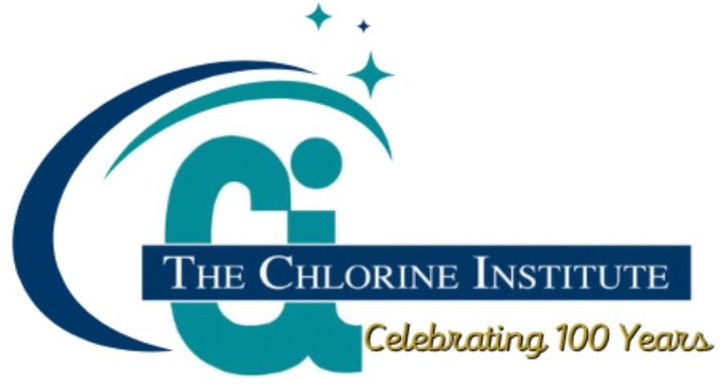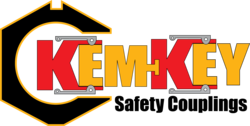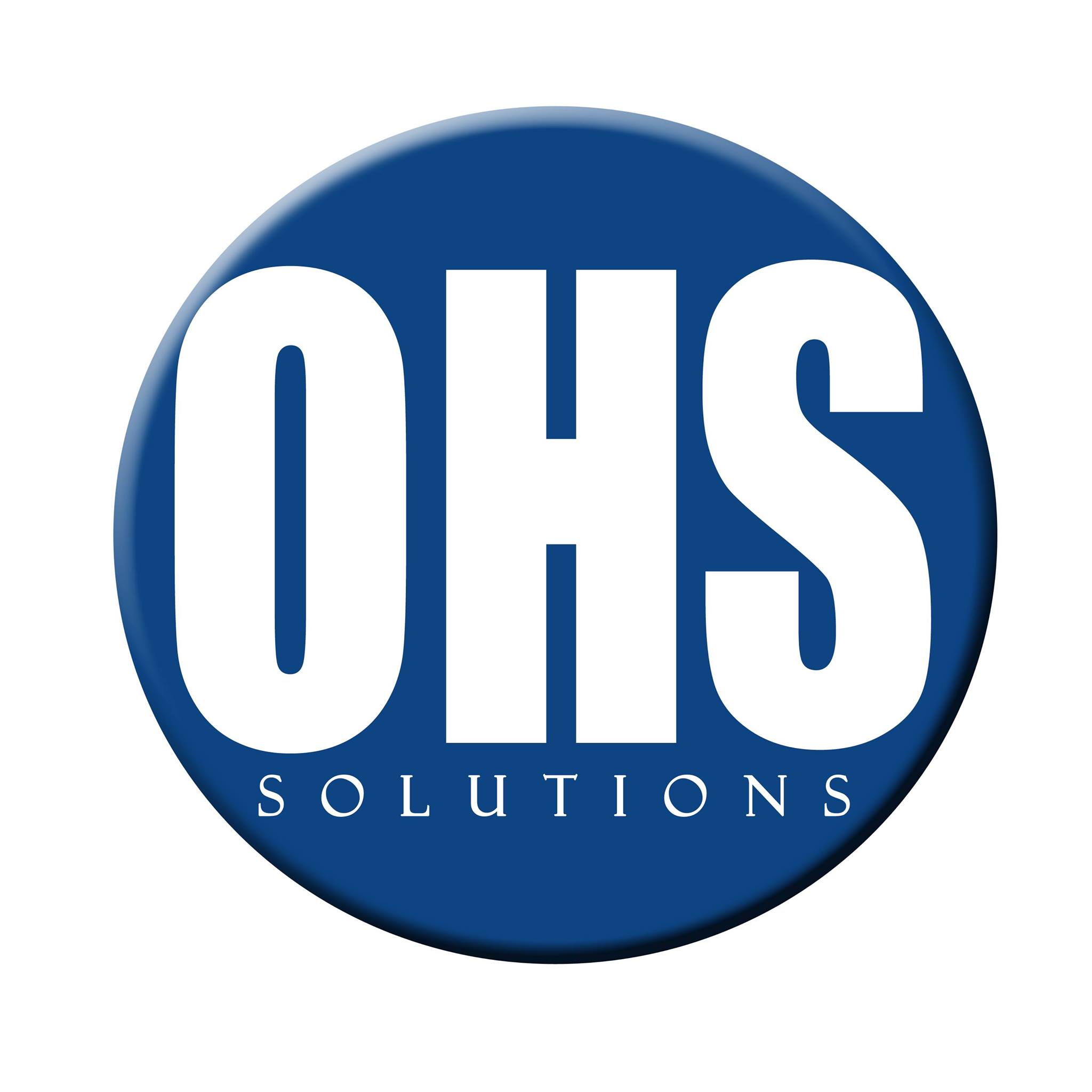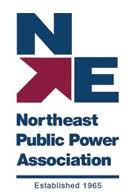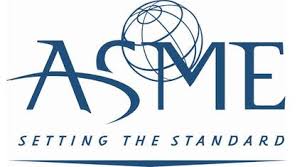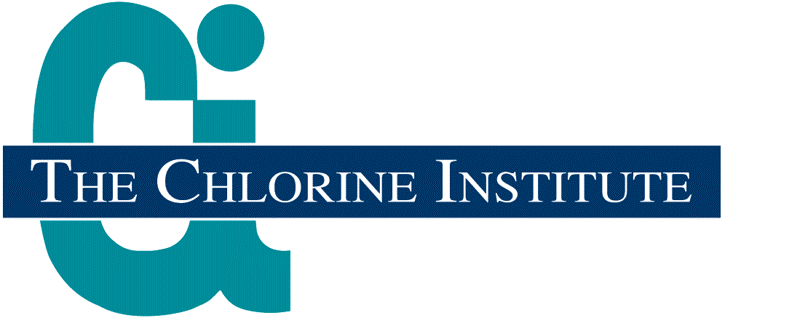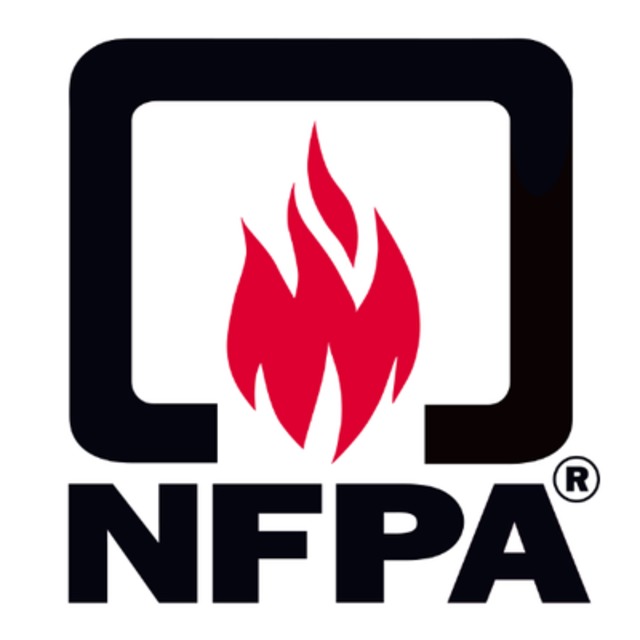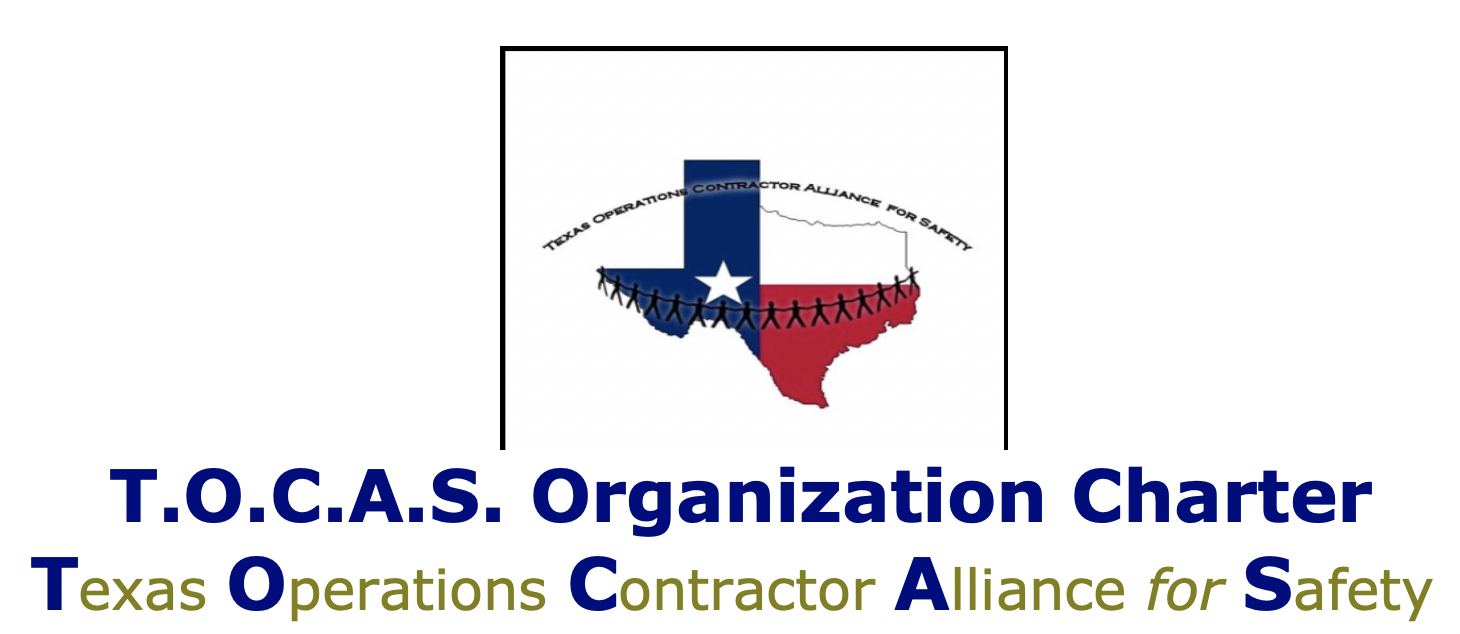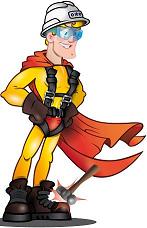Whether we are talking about Process Safety or Occupational Safety and Health management systems, the ability to track corrective actions and recommendations discovered from the Safety Process/SMS activities may be one of the most critical aspects of any management system; it is undoubtedly the driving force behind any "Continuous Improvement" efforts.
In the process safety arena, we have three (3) elements that specifically REQUIRE a "tracking system":
1) Process Hazard(s) Analysis - 1910.119(e)(5)
2) Incident Investigation - 1910.119(m)(5)
3) Compliance Audits - 1910.119(o)(4)
We should be smart about these three (3) specific requirements by having a SINGLE management system to track corrective actions/recommendations from these three (3) elements. For this management system to be effective, it MUST contain the following elements:
1) Owner of the corrective action/recommendation - In my career, the owner was ALWAYS a member of management. This does NOT mean that the "owner" will be doing the actual work; it simply means they have the means and abilities and control the resources to complete the corrective action/recommendation within the established time frame. My leadership teams so ingrained this concept that they prohibited anyone other than a manager from being in the dropdown menu for "Owner." And yes, we did NOT use names in our tracking system; we used titles so that whoever sat in that seat was responsible for the items assigned to that role.
2) A PLAN is REQUIRED. We can not simply cut and paste the PHA/Investigation/Audit finding into the system and assign a date and owner. Each PHA/Investigation/Audit finding NEEDS a written corrective action plan (CAP) that identifies WHO, WHAT, WHEN, WHERE, and HOW. These individual CAPs may have multiple levels of actions with multiple people responsible for each action, all of which either work directly for the OWNER of the item or the OWNER works with another manager to obtain the special skills needed to close out the corrective actions/recommendations. In some of these plans, the steps may require Step #2 to be completed before Step #3, meaning that there may be multiple steps that must be managed to close the single CAP on time. And yes, this means that we will have to routinely monitor all these individual steps in a CAP to ensure ALL items within the CAP that have different due dates are being met as well as the overall due date of the CAP. This requires constant attention and resources.
3) Due Dates - These dates must be agreed upon by the OWNERS and approved by the Plant Manager/Site Leader. Dates can be changed, but there MUST be a management system in order to manage these changes. Things happen, and even a well-laid plan can hit snags. And trust me, as our SMS/Safety Process matures, we will begin to set performance goals against closure rates (as a leading indicator of how well our SMS/Safety Process is functioning), and when OWNERS recognize that senior leadership is paying attention to this metric and quite possibly they are held accountable in some way for achieving their goal or not, then we (Safety) will see an increase in the request to revise due dates. We may be the "gatekeeper" of this element of our management system; however, we are NOT the ones who have the authority to change dates, plans, or owners. Those requests need to be approved by the Plant Manager/Site Leader. Some organizations will use their formal Management of Change system to manage these changes; others will have a system within the Corrective Action Management System to manage a change to Owner, Plan, or Date(s). I always took the following approach... if a manager called me weeks before a due date and provided me with documentation that some component needed for the Corrective Action Plan (CAP) was on "back-order" and they needed to extend the due date for that item in the plan or the entire plan, I would grant that change on my own, based on my RISK assessment. But if a manager called me a day before his/her item(s) was due and they had no reason other than I forgot or I have been swamped, that request would be managed by their boss (e.g., Plant Manager/Site Leader). The expectation is that a manager will MANAGE their CAPs; things happen that cause us to revise the plan and the dates. We need to MANAGE this in a structured manner, or this management system element can damage TRUST and CREDIBILITY rather than build these two critical cultural elements.
The last thing I want to mention is another element that oftentimes gets lost in the CAP management system. That is the Mechanical Integrity element. Most organizations will track the big three (3) elements as noted above (PHA, Investigations, Audits); however, when it comes to Work Orders that need CAPs or 3rd Party Inspections/Testing that result in corrective actions, these often never make it the CAP process. They stay in the report that sits on the Maintenance/Engineering Manager's office shelves.
1910.119(j)(5) Equipment deficiencies may not specifically mention a "tracking system," but by all practical means, any corrective actions/responses from internal or external inspections/tests MUST be managed using this corrective action management system. For example, a pressure vessel gets its inspection, and four (4) items are identified as needing attention. Those four (4) items need to be entered into this tracking system with a plan as to how, who, and when they will be addressed. One such change in the top five missed actions is when a Pressure Vessel's Remaining Service Life dictates a more frequent inspection. This means we should update the Centralized Maintenance Management System (CMMS) due dates for future inspections/tests. Seeing how PSM/RMP are going into their 30th year, we may have vessels approaching their "mid-life crisis" period, where there is a chance that the inspections may become shorter due to their remaining service life. However, even our everyday work orders that identify issues requiring some action can be managed within the CMMS. However, many organizations do not use their CMMS to their maximum ability. Thus, the alternative would be to take the W.O.'s corrective actions and enter them into this tracking system.
My final words of advice... NOTHING FALLS THROUGH THE CRACKS! We spend much time, money, and resources performing many Hazard ID exercises in a Process Safety and/or Occupational Safety & Health Management system. Allowing these findings to drift off into some space between the dream world and reality will eventually come back and bite us. Having a formal tracking system that gets reviewed by management on a PRESCRIBED FREQUENCY and having the safety discipline to capture every action that needs to be taken to correct a hazard or a recognized deficiency in our SMS/Safety Process is a must if we stand to improve BOTH our performance and culture.
